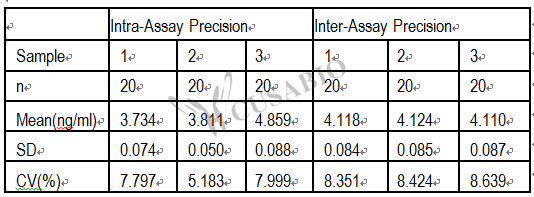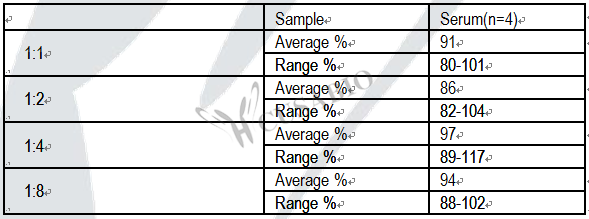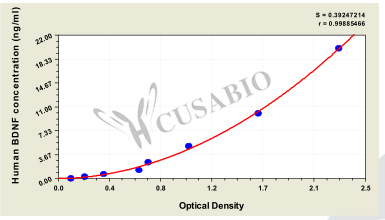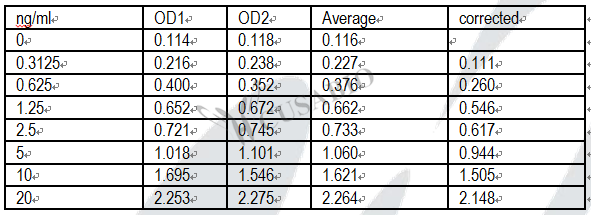The Human BDNF ELISA Kit allows for the in vitro quantitative determination of BDNF concentrations in serum, plasma, cell culture supernates, or tissue homogenates. This kit exclusively recognizes human BDNF. BNDF is ubiquitously expressed in the developing and adult mammalian brain and plays important roles in neuronal development, differentiation, neural regeneration, synaptic transmission, maintenance, plasticity, neurogenesis, and control of short- and long-lasting synaptic interactions involving memory and cognition. BDNF signals through its receptor NTRK2. Low BDNF or NTRK2 expression has been identified in multiple brain disorders and during normal brain aging, which is usually accompanied by mild brain atrophy, impaired neuronal function, and synaptic loss. Studies have shown that BDNF potentiates hippocampal long-term potentiation (LTP), elevates the release of glutamate, and has critical roles in the formation and recall of spatial memory.
The detection mechanism of this kit is based on the Sandwich-ELISA technique. BDNF in the sample is bound to the capture antibody immobilized on the microtiter plate and then sandwiched with a Biotin-labeled BDNF antibody. The solution color develops into blue after the ordinal addition of HRP-avidin and TMB. The color development is terminated after adding the stop solution, and the color turns from blue to yellow. The color intensity is positively correlated with BDNF content in the sample. The kit has been quality-controlled with high sensitivity, strong specificity, good linearity, high precision, high recovery, and high lot-to-lot consistency.









